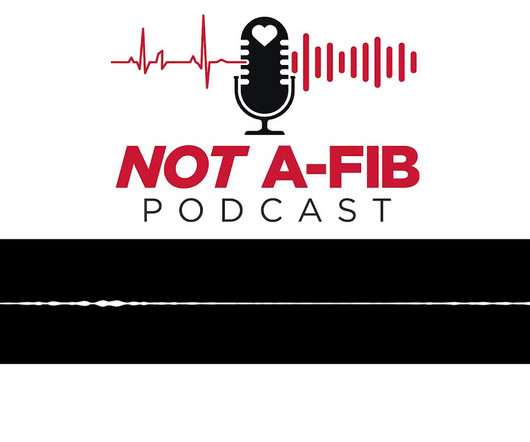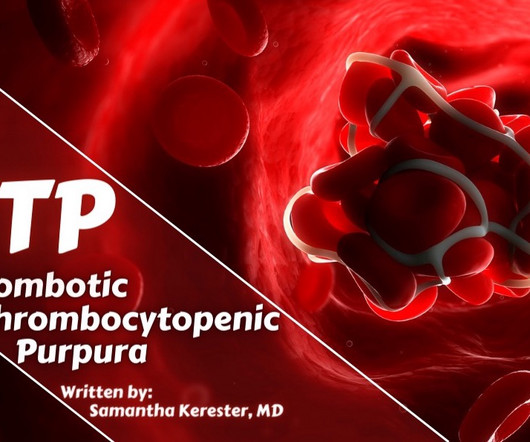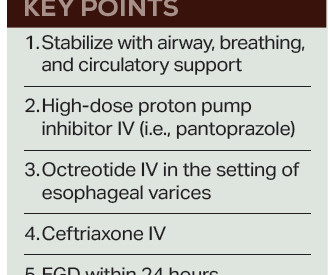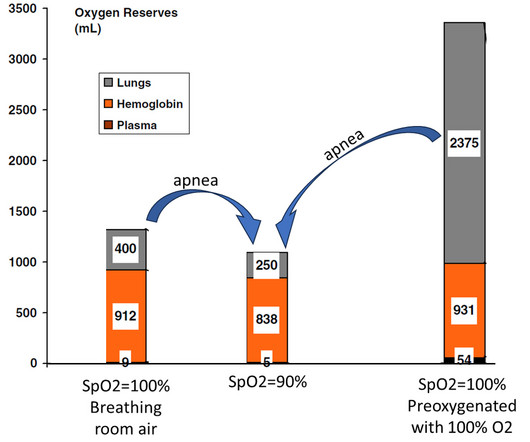Gwenny Winkler on Critical Care, Coaching and Embracing Growth
JEMS
JUNE 6, 2025
Gwenny opens up about the steep learning curve when transitioning from emergency department nursing to flight nursing and the rapid evolution of tools like blood transfusions and advanced ventilators in air medical transport.



















Let's personalize your content